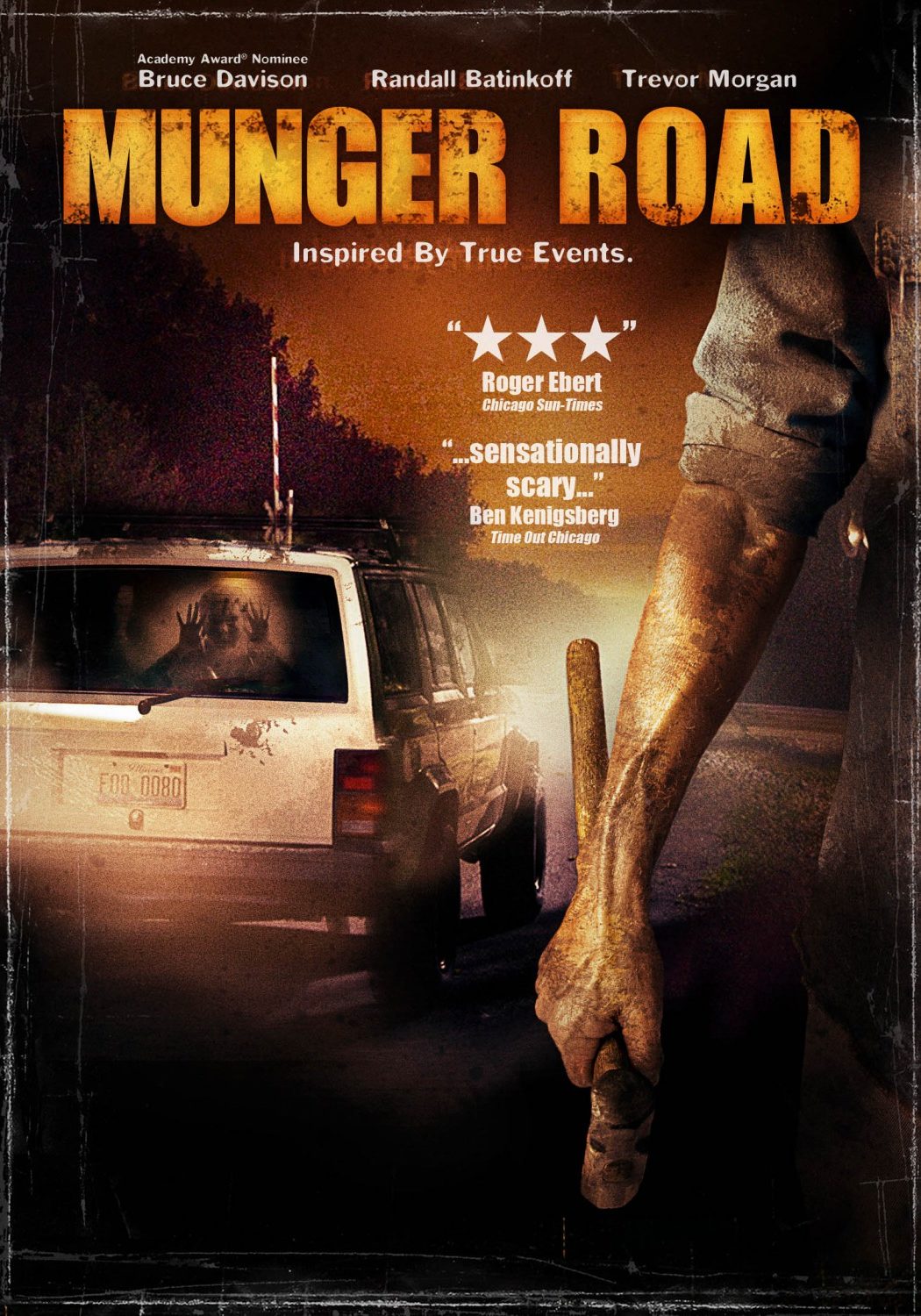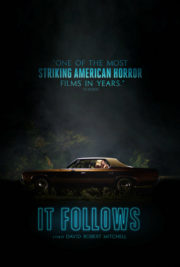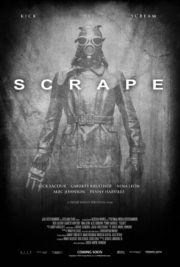Treading the Tracks of Terror: ‘Munger Road’
As the disquieting whisper of an urban legend draws closer to reality, “Munger Road” leaves us pondering—a killer’s menace haunts us not just in physical form but through the shadows of our mind. Directed by Nicholas Smith in 2011, this independent horror flick beckons viewers along its titular path. Set in the small town of St. Charles, Illinois, on the eve of the Scarecrow Festival, the story flits between two seemingly paralleled narratives; while local teens set out to debunk the fabled phantom that lurks on Munger Road, the town’s police chief and his deputy are on the hunt for an escaped murderer. The tension is palpable as both parties find that reality and legend might just be colliding more frightfully than they anticipated.
Whispers in the Dark: Crafting a Haunting Atmosphere
The success of any horror film often resides in its atmosphere and the mastery at which it jolts its audience. “Munger Road” aims to unnerve through anticipation and the unknown, relying heavily on suspense and a lurking sense of foreboding to unsettle its viewers. Director Nicholas Smith opts for subtlety, shrouding his film in an eerie ambiance rather than resorting to the explicit horror tropes of gore and grotesque visuals. It is the film’s restraint that amplifies its terror, leaving much to the imagination—often a place where the deepest fears reside.
Through the Cinematic Lens: A Vision of Dread
Smith’s use of cinematography in “Munger Road” is particularly noteworthy. The movie uses natural lighting to its advantage to create an intimate and thus more unnerving horror experience. The color palette is consistently muted, adding to the film’s overall sober and grim aesthetic. Camera angles are deliberately framed to evoke a sense of vulnerability, often employing wide shots that emphasize the characters’ isolation or tight close-ups that capture the fear etched on their faces. While the film lacks the budget for high-end special effects, it utilizes practical effects in a manner that enhances the story rather than distracts.
Sounds of Silence: An Auditory Haunting
The eerie quietness of “Munger Road” is accentuated by its selective use of sound. The minimalist approach to the soundtrack creates an unnerving silence that amplifies every creak and whisper, making the audience strain their ears for what might lurk just beyond the dark. Sound effects are strategically placed, hitting the nerve at the right moment to cause maximum discomfort. The auditory tactics serve as an unseen character within the film, pushing the boundaries of the unseen horror that Nicholas Smith aims to convey.
Performance and Peril: Living the Horror
As far as performances go, the young cast of “Munger Road” portray their cliché, albeit likeably familiar, characters with enough conviction to propel the story forward. Despite a lack of deep character development, which is not uncommon in the genre, the actors manage to portray genuine reactions to the evolving terror that grips them. Their fear is palpable and often serves as a mirror for the audience’s own trepidation.
Familiar Fears: Genres and Tropes
“Munger Road” fits snugly within the psychological and supernatural subgenres of horror. It challenges the conventional by stripping down the typical trappings and instead relying on atmospheric tension. The film echoes the timeless quality of campfire ghost stories and taps into the archetypal fears of being chased or watched. In this simplicity, there is something genuinely unnerving.
Deeper Roads: Themes and Impact
The movie subtly weaves themes of belief, reality, and the power of myth into its narrative. It prompts the viewer to question the fine line between concrete fear and the terror borne of the psychological. However, the social commentary often feels secondary to the main goal—scaring the audience. While the deeper philosophical explorations are present, they simmer beneath the surface, never fully fleshing themselves out.
Horror for the Heartland: Who Will Brave ‘Munger Road’?
“Munger Road” is a horror movie that serves its purpose—it disturbs, it unsettles, and it provides an echo of the classic ghostly tales that haunt our collective psyche. While it may not have the visceral shock value of modern gore-fests or the grotesque visuals of body horror, it offers a distinct chilling experience, particularly effective for those who prefer a slow-burn, psychological haunting.
This movie might appeal to horror enthusiasts who appreciate the genre’s more subdued approach. Casual viewers may find its pace and minimalism either refreshingly tense or frustratingly slow, depending on their tastes.
In comparison to the array of horror works out there, “Munger Road” perhaps won’t stand prominently among giants like “The Blair Witch Project” or the more recent “Hereditary.” Yet its ambition and the eerie atmosphere it conjures on a shoestring budget is worthy of note.
Final Verdict: A Modest Jaunt Down ‘Munger Road’
In conclusion, “Munger Road” might not be groundbreaking, but it is a testament to how a simple story, when told through a lens of restraint and atmosphere, can raise the hairs on the back of your neck. While the film’s deliberate pacing and underdevelopment of deeper themes might be its weaknesses, they are also part of its unassuming charm. It’s a recommendable venture for those seeking a quiet kind of horror, sparing the viewer of graphic imagery while still providing genuine chills. Enter ‘Munger Road’ with patience, and you may just find yourself looking over your shoulder on the drive home.




